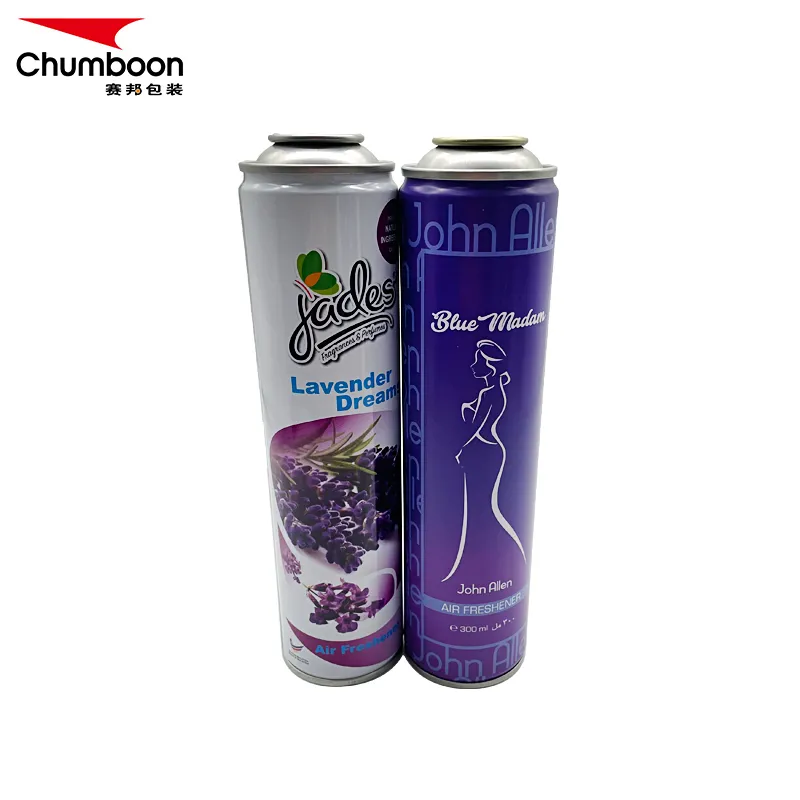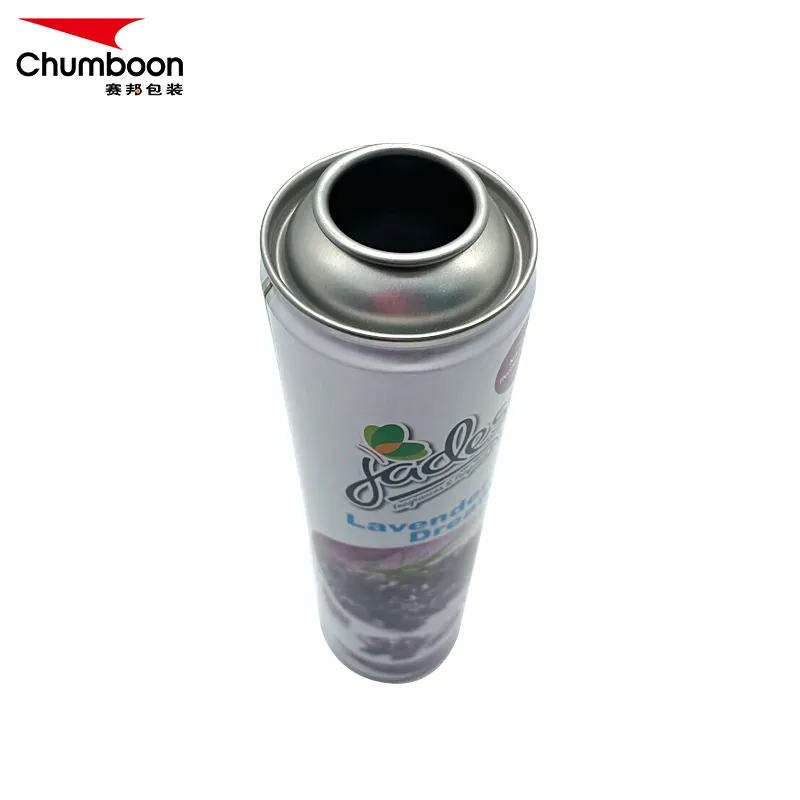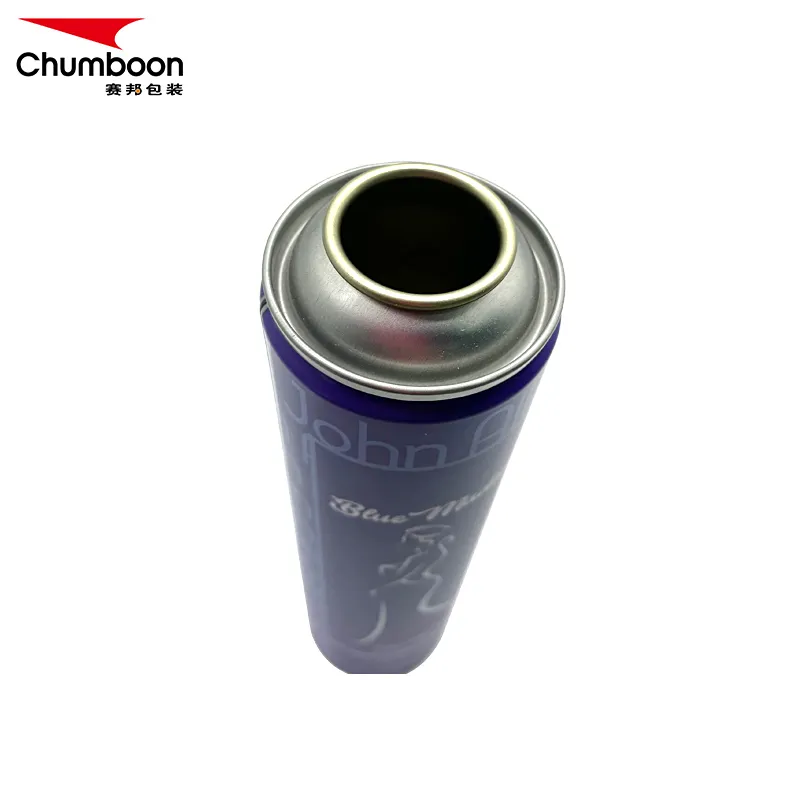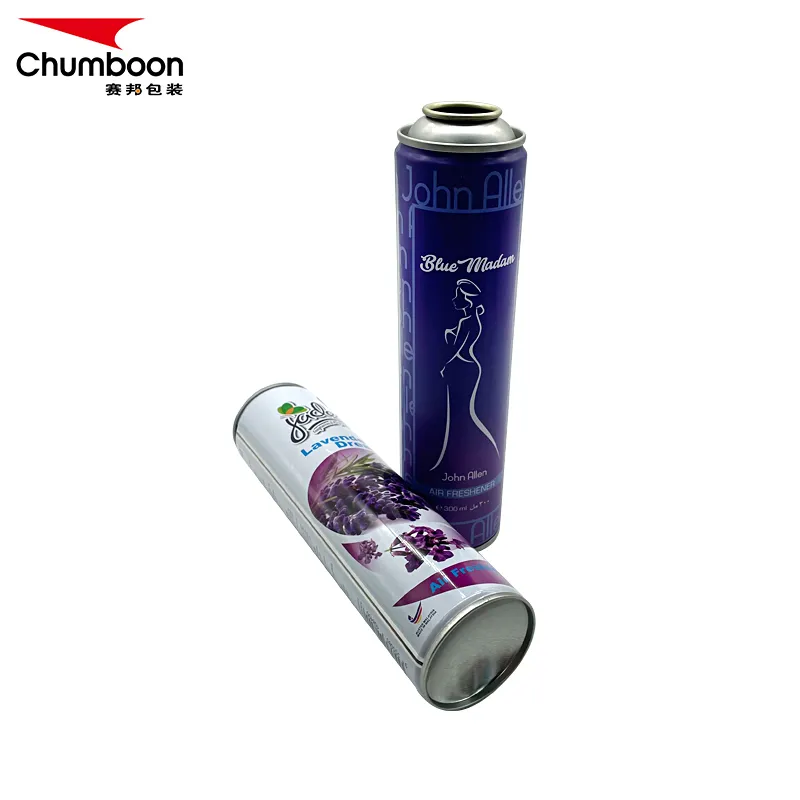Tinplate cans are a long-standing and widely used form of food packaging, known for their excellent sealing and anti-corrosion properties. It not only ensures that food remains fresh and safe after long-term storage, but also adapts to various transportation and storage environments. With the popularity of tinplate cans, people have paid more attention to the shelf life of this material.
This article will delve into the question of "How long is the shelf life of tinplate on cans", and analyze in detail the characteristics of tinplate itself, the factors affecting its shelf life, its performance in different food cans, and how to scientifically evaluate the service life of tinplate cans.

What are the characteristics of tinplate?
Before discussing the shelf life of tinplate cans, we first need to understand what tinplate is and its basic properties. Tinplate is a composite metal material with a low-carbon steel base material and a layer of tin coated on the surface. The main function of the tin layer is to prevent the steel from contacting with oxygen, moisture and other substances in the air, thereby preventing the steel from rusting and corroding. Tinplate retains the strength and toughness of steel, and improves corrosion resistance through tin plating, which makes it an ideal material for making cans.
The shelf life of tinplate itself is not a fixed period of time, because its corrosion and aging rate are affected by many factors, especially the external environment, storage conditions, the type of food in the can, and the sealing during processing. Under proper storage conditions, the material properties of tinplate can be maintained for many years, even more than ten years, but this does not mean that the shelf life of canned food can also be extended to more than ten years.
How long is the shelf life of tinplate on cans?
Regarding the shelf life of canned food, consumers often focus on the shelf life of the food itself, rather than the shelf life of the packaging material. In fact, the shelf life of tinplate cans is closely related to the shelf life of food. Generally speaking, the shelf life of canned food ranges from 1 to 5 years, and the role of tinplate cans is to protect the food from the influence of the external environment during this shelf life and maintain the flavor and safety of the food.
In many countries, the shelf life of food is stipulated by the food safety and standards management department and clearly marked on the packaging. Although tinplate cans themselves do not directly deteriorate, if the shelf life of the can is too long, the tin coating on the surface of the tinplate may begin to undergo physical and chemical changes, which in turn affects its protective effect and ultimately affects the quality of the food in the can.

What factors affect the shelf life of tinplate?
Although tinplate has excellent corrosion resistance, it is not indefinitely free from corrosion. The following factors have a direct impact on the service life of tinplate:
The thickness of the tin coating
The durability of tinplate depends largely on the thickness of the tin coating. The thicker the tin coating, the stronger the corrosion resistance of the tinplate and the longer the shelf life. In general, can manufacturers choose different thicknesses of tin coating according to different types of food. For example, foods with strong acidity (such as tomatoes and pineapples) will accelerate the corrosion of the tin coating, so a thicker tin coating is required for protection. On the contrary, for foods with low acidity (such as beans and meat), the thickness of the tin coating can be appropriately reduced.
Too thin a tin coating will cause the steel to be exposed to the air, which will accelerate the rusting process. Too thick a tin coating may lead to a decrease in the mechanical properties of the can body, affecting the processing and storage performance. Therefore, manufacturers usually choose the appropriate tin coating thickness based on the characteristics of different foods and the expected storage time of cans to ensure that the cans remain stable during their shelf life.
Storage conditions
The shelf life of tinplate is also closely related to the storage environment. When cans are stored in a high temperature and high humidity environment, the corrosion process of tinplate will be accelerated, thereby shortening its shelf life. For example, in a high humidity environment, water vapor will enter the can through the tiny gaps in the can body, causing internal oxidation and corrosion. In addition, a high temperature environment will accelerate the chemical reaction between metal and external substances, resulting in changes in the tin layer and the iron substrate. Therefore, canned storage should try to avoid adverse conditions such as high temperature, humidity, and direct sunlight.
Under ideal storage conditions, tinplate cans can remain stable for a long time and extend their shelf life. For example, a low temperature and dry storage environment can effectively slow down the oxidation process of tinplate, thereby delaying its aging.
The nature of the food inside
The nature of the food in the can is also an important factor affecting the shelf life of tinplate. Acidic foods (such as fruits, ketchup, etc.) are particularly corrosive to tinplate, especially when the food is stored for a long time, the acidic substances will gradually erode the tin layer, eventually causing the metal inside the can to be exposed, and then oxidative corrosion will occur. This is why the shelf life of acidic foods is usually short, and the performance of tinplate in such cans is also more susceptible.
In addition, the presence of liquid food in the can will also accelerate the corrosion process. The electrolyte in the liquid will cause an electrochemical reaction inside the can, leading to metal corrosion. In contrast, solid foods are relatively less corrosive to tinplate, so the shelf life of solid foods in cans is usually longer.
Packaging and Sealing Technology
The sealing performance of tinplate cans is crucial to their shelf life. If the can is not sealed tightly during the manufacturing process, air and moisture may enter the can, thereby accelerating corrosion and food deterioration. Advanced sealing technologies such as seamless welding and vacuum sealing are used in modern canning production processes to ensure that the inside of the can is completely isolated from the outside world.
Cans with good sealing can effectively extend the service life of tinplate and ensure that the can body will not deform, leak or have other problems during the entire shelf life. However, if the can is impacted by external force during transportation or storage, causing the can body to deform or the sealing layer to be damaged, the protective effect of the tinplate will be greatly reduced, and the shelf life will be shortened.

How long is the shelf life of tinplate cans in different foods?
Although there is no clear standard time for the shelf life of tinplate itself, there are certain rules to follow in its use in food cans. Different types of food have different requirements for cans, and the shelf life of tinplate in these cans is also different.
Highly acidic food cans
Highly acidic foods (such as canned fruits, canned tomatoes, etc.) have higher requirements for tinplate and usually require a thicker tin coating to prevent corrosion. The shelf life of such cans is usually 1 to 2 years, because the acidic components will gradually erode the tin layer and shorten the safe storage time of the cans. Therefore, tinplate cans for high-acid foods require special attention during production and storage to ensure that the cans do not corrode prematurely.
Low-acid food cans
Low-acid foods (such as canned meats and vegetables) are less corrosive to tinplate, so their shelf life is longer, usually up to 3 to 5 years. The tinplate tin coating in these food cans is relatively thin, but it can still provide effective protection for a long time. Nevertheless, the shelf life of low-acid food cans still depends on storage conditions and sealing performance.
Dry or solid food cans
For dry or solid foods (such as coffee, tea, nuts, etc.), tinplate cans have the longest shelf life, usually up to 5 years or more. These foods have a low water content and are not easy to cause electrochemical reactions inside the can, so the cans have a longer service life.

How to determine the shelf life of canned food?
Although the shelf life of food is usually marked on the can, consumers still need to pay attention to some judgment criteria when using it to ensure that the can is eaten within the safe period.
1. Appearance inspection: Observe whether the can has any abnormal appearance such as rust, bulging, deformation or cracks. If there is obvious rust or deformation on the surface of the can, it may mean that the internal seal has been damaged and it is not recommended to continue eating.
2. Odor judgment: After opening the can, smell the food to see if there is any peculiar smell. Even if the can is not expired, if the food emits an abnormal odor, it may also indicate that the food has deteriorated.
3. Can integrity: Make sure the can seal is not damaged or loose. If the can seal is loose or cracked, outside air may have entered the can, causing the food to deteriorate.

